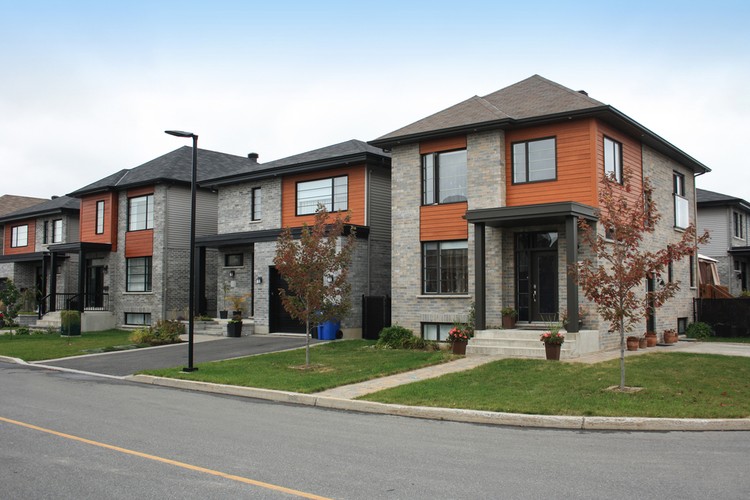Home Valuation Explained: How to Gauge Property Worth
Discover practical guidance on determining a home's market value. This guide explains professional appraisal methods, automated valuation models (AVMs), key pricing factors like location and condition, and cost-effective upgrades to boost property value. Learn how to get accurate valuations and when to consult experts.

Home Valuation Explained: How to Gauge Property Worth
Understanding what a property is worth is essential whether you are buying, selling, refinancing, or just tracking your investment. Home value is shaped by objective data and subjective market forces, and several methods are used to arrive at a fair estimate. This article unpacks professional valuation techniques, the role of automated tools, the main drivers of price, and practical steps homeowners can take to raise their property’s appeal.
How do professionals determine property valuation?
Licensed appraisers and experienced real estate agents typically rely on a handful of established approaches to estimate a home’s market value. The most widely used method is the comparative market analysis (CMA), which reviews recent sales of similar homes in the same neighborhood to infer a realistic price range. Appraisers complement CMAs by applying the cost approach—estimating what it would cost to rebuild the property from the ground up, minus depreciation—and the income approach, which is most useful for rental or investment properties because it focuses on income potential and capitalization rates.
A professional valuation also accounts for intangible local factors and on-site inspections. Appraisers inspect structural elements, the quality of finishes, and any deferred maintenance that could affect value. Real estate agents add market context, such as how quickly similar homes sell and buyer demand in a specific area, to refine the estimate.
What role do automated valuation models play?
Automated valuation models, or AVMs, provide rapid, data-driven home estimates by analyzing public records, recent sales, tax assessments, and statistical algorithms. They are convenient when you need a quick snapshot or when scaling valuations across many properties, such as for market research or loan pre-qualification.
However, AVMs have limitations. They frequently miss recent renovations, unique property characteristics, and micro-market changes—factors a human professional would notice during an inspection or from local market experience. AVMs are best used as a starting point; for high-stakes decisions, combine them with an appraisal or CMA.
Key factors that influence house pricing
Several elements consistently affect what buyers are willing to pay:
-
Location: The neighborhood, school district quality, transit access, and proximity to shops and services strongly shape demand and price.
-
Size and layout: Total square footage, functional floor plans, and the number of bedrooms and bathrooms are primary determinants of value.
-
Age and condition: Newer homes or those with recent, high-quality renovations command higher prices. Deferred maintenance or structural problems reduce value.
-
Market conditions: Local supply and demand, inventory levels, and seasonality can swing prices significantly.
-
Economic indicators: Interest rates, employment trends, and broader economic stability influence buyer confidence and purchasing power.
-
Comparable sales: The most recent transaction prices of similar homes nearby provide the clearest benchmark for valuation.
How accurate are online home value estimators?
Many popular websites offer free or low-cost estimates generated by AVMs. These tools are useful for getting a rough ballpark figure quickly, but their accuracy varies. Typical errors can be several percentage points, and inaccuracies increase for unique properties or rapidly changing markets.
If you rely on online estimators, treat the result as an initial reference. For listing a property, negotiating an offer, or securing financing, obtain a professional appraisal or a detailed CMA from a local agent to account for upgrades, lot characteristics, and recent neighborhood trends.
Practical upgrades homeowners can use to increase property value
Well-targeted improvements often deliver the best return on investment. Consider the following:
-
Kitchen and bathroom upgrades: Modern fixtures, efficient layouts, and quality finishes remain top value drivers.
-
Energy-efficient improvements: Upgrading windows, insulation, or HVAC systems can reduce utility costs and attract eco-conscious buyers.
-
Boosting curb appeal: Fresh exterior paint, tidy landscaping, and an inviting entrance set a positive first impression.
-
Adding usable space: Finishing a basement, converting attic space, or adding a deck increases functional square footage.
-
Ongoing maintenance: Regular servicing and timely repairs keep perceived risk low and preserve market value.
| Service | Provider | Cost Estimation |
|---|---|---|
| Professional Appraisal | Licensed Appraiser | $300 - $600 |
| Comparative Market Analysis | Real Estate Agent | Often free (as part of listing service) |
| Automated Valuation Model | Online Real Estate Platforms | Free - $20 per report |
| Home Inspection | Certified Home Inspector | $300 - $500 |
| Property Tax Assessment | Local Government | Varies by location (typically free to access) |
Prices, rates, or cost estimates mentioned in this article are based on the latest available information but may change over time. Independent research is advised before making financial decisions.
Putting it all together
No single method gives a perfect number for home value; the most reliable approach combines several tools. Use AVMs for quick context, CMAs for market-driven comparisons, and professional appraisals for legally recognized valuations. Always factor in local market dynamics, recent upgrades, and property condition. Whether you are buying, selling, or simply curious about your home’s worth, consulting local real estate professionals and using multiple valuation methods will provide the clearest picture in a changing marketplace.






